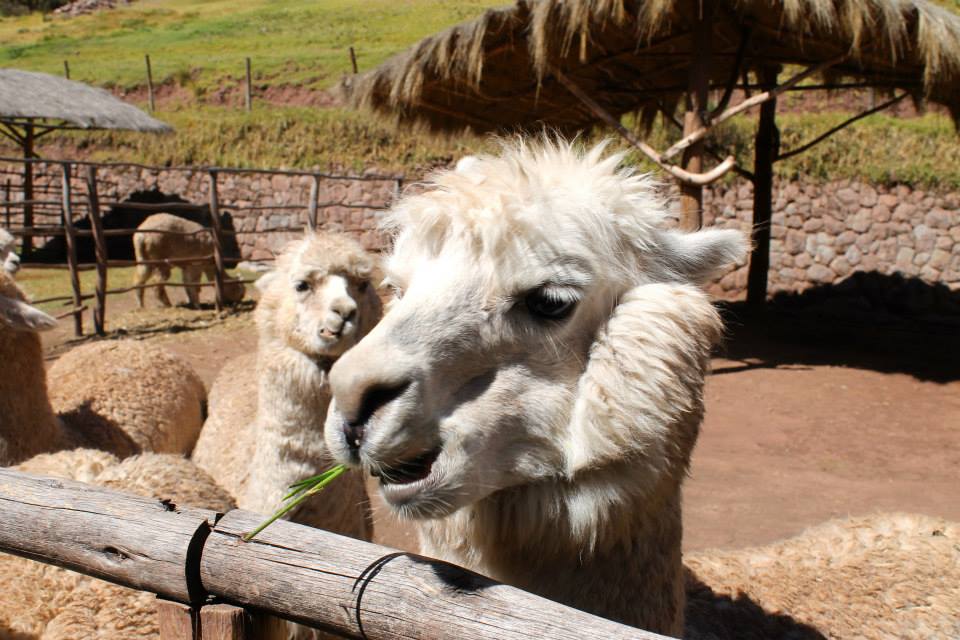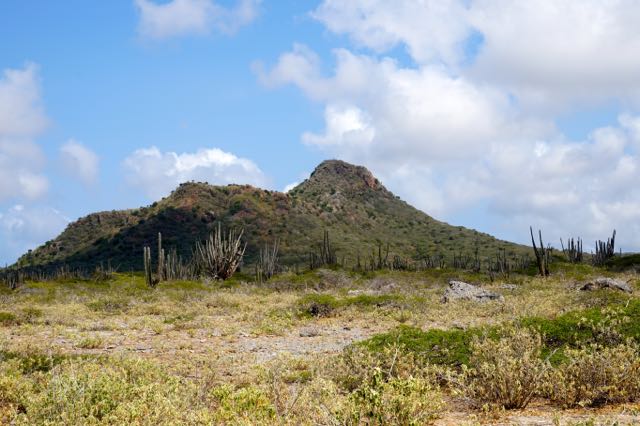
It seems that the entire world is tired of staying home for over 2 years, and travel has returned with vengeance. In fact, airline ticket sales are at their all time high and hotel prices have skyrocketed this year. People are traveling abroad despite the confusing and constantly changing policies. For example, Europe now allows […]

Snorkel with Whale Sharks in Cancun Fulfill your family’s ultimate once-in-a-lifetime bucket list adventure by taking a dip with whale sharks – the biggest (and most friendly) fish in the world! From May to September, families staying at sister properties CasaMagna Marriott Cancun Resort and JW Marriott Cancun Resort & Spa can embark by boat […]

Who knew that a fifth of the island of Bonaire is a nationally protected nature sanctuary? Washington Slagbaai National Park was established in 1969 and covers an area of 5.643 hectares. Once a private property of Julio Caesar “Boy” Herrera, the land was sold to the government of Netherland Antilles with the promise of not developing it […]